Introduction
Cantonese cuisine, hailed as one of China’s Eight Great Cuisines, is a symphony of flavor, texture, and aesthetics that has captivated palates worldwide. Rooted in the vibrant province of Guangdong, this culinary tradition emphasizes freshness, subtlety, and the harmonious balance of ingredients. Often dubbed the “gold standard” of Chinese gastronomy, Cantonese cooking is celebrated for its meticulous preparation, light seasoning, and reverence for seasonal produce. From the bustling streets of Hong Kong to the kitchens of Michelin-starred restaurants, Cantonese dishes embody a philosophy that transcends mere sustenance—it is an expression of cultural identity and artistry. This article delves into the history, techniques, iconic dishes, and global influence of Cantonese cuisine, unraveling why it remains a beloved cornerstone of world cuisine.
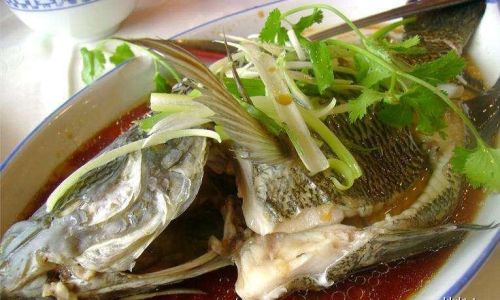
Historical Roots and Cultural Influences
The story of Cantonese cuisine begins in Guangdong, a province blessed with fertile plains, meandering rivers, and a coastline teeming with marine life. This geographical diversity provided early inhabitants with an abundance of ingredients, from rice and vegetables to fish and poultry. Over centuries, trade along the Maritime Silk Road introduced exotic spices, cooking methods, and ingredients from Southeast Asia, India, and the Middle East, enriching the local culinary landscape.
During the Qing Dynasty (1644–1912), Guangdong emerged as a hub of commerce and cultural exchange. Merchants and diplomats gathered in the region, fostering a demand for refined banquets that showcased both opulence and culinary skill. Chefs began to experiment with delicate flavors, inventing dishes like steamed sea bass with ginger and spring onion and roasted suckling pig, which became hallmarks of Cantonese feasts. The province’s proximity to Hong Kong further propelled its cuisine onto the global stage, with Cantonese restaurants becoming synonymous with Chinese dining in the West.
Philosophy and Principles
Cantonese cuisine is guided by three core principles: xiān (freshness), qīng (lightness), and yàn (harmony). Freshness is paramount; ingredients are often purchased daily from markets, with seafood delivered live to ensure peak flavor. Light seasoning—typically a combination of soy sauce, oyster sauce, ginger, and garlic—enhances natural tastes rather than overpowering them. Harmony, meanwhile, refers to the balance of flavors (sweet, salty, sour, bitter, and umami), textures (crispy, tender, juicy), and colors in each dish.
The Cantonese also adhere to the concept of yīn yáng in cooking, pairing ingredients to achieve nutritional equilibrium. For example, cooling foods like tofu may be served with warming meats like duck, creating a meal that is both satisfying and health-conscious.
Key Ingredients and Seasonal Focus
Guangdong’s subtropical climate allows for year-round cultivation of fruits, vegetables, and herbs. Leafy greens like gai lan (Chinese broccoli), bitter melon, and water spinach are staples, while tropical fruits such as lychee and mango add sweetness to desserts and sauces. Seafood—including shrimp, squid, and various fish—dominates coastal menus, while poultry and pork are favored inland.
Exotic ingredients, once reserved for special occasions, now feature prominently in Cantonese cooking. Snake meat, considered a delicacy, is simmered in soups believed to boost vitality, while abalone and sea cucumber are prized for their luxurious textures. Fermented ingredients like doubanjiang (spicy bean paste) and shrimp paste add depth to stir-fries and marinades.
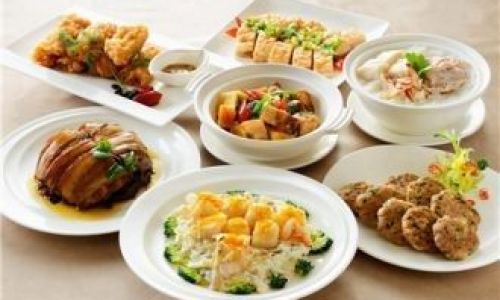
Iconic Cooking Techniques
Cantonese chefs master a repertoire of techniques that elevate simplicity to an art form:
-
Steaming: A hallmark method that preserves ingredients’ natural flavors and nutrients. Dishes like steamed fish with ginger and soy are cooked until the flesh is just opaque, ensuring tenderness.
-
Stir-Frying (Wok Hei): The iconic “breath of the wok” technique involves cooking ingredients over high heat in a seasoned wok, creating a smoky aroma known as wok hei. Classic examples include beef with broccoli and dry-fried green beans.
-
Roasting and Barbecuing: Meats like Char Siu (barbecued pork) and roasted goose are marinated in honey, hoisin sauce, and spices, then hung in ovens to achieve caramelized skin and juicy interiors.
-
Braising and Stewing: Slow-cooked dishes like dong po rou (braised pork belly) and herbal chicken soup transform tough cuts into melt-in-the-mouth tenderness, with herbs and spices infusing layers of flavor.
-
Dim Sum Craftsmanship: The art of dim sum involves handcrafting delicate dumplings, buns, and rolls. From the translucent skin of har gow (shrimp dumplings) to the fluffy dough of char siu bao (barbecue pork buns), each piece requires precision and patience.
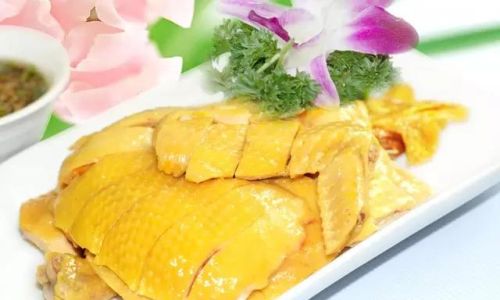
Legendary Dishes: A Feast for the Senses
-
Dim Sum: A cornerstone of Cantonese culture, dim sum translates to “touch the heart.” These small plates, served with tea (yum cha), include dozens of varieties. Siu mai (open-topped pork and shrimp dumplings) and cheung fun (rice noodle rolls) are must-tries, while turnip cakes and sticky rice in lotus leaves offer heartier options.
-
Roasted Meats: Char Siu, with its glossy red glaze and sweet-savory marinade, is a Cantonese icon. Roasted goose, crisp-skinned and succulent, is another favorite, often served with plum sauce.
-
Seafood Masterpieces: Steamed live prawns with garlic and vermicelli noodles highlight the sweetness of fresh shellfish, while crispy-fried squid is tossed in a salt-and-pepper mix for addictive crunch.
-
Congee and Noodle Soups: Jook (rice porridge) is a comforting staple, often simmered with century eggs, pork, or seafood. Wonton noodle soup features springy egg noodles and plump dumplings in a clear broth.
-
Sweet Finales: Cantonese desserts balance sweetness with subtlety. Mango pudding silken with coconut milk, and egg tarts with buttery crusts and custard filling, provide a delicate conclusion to meals.
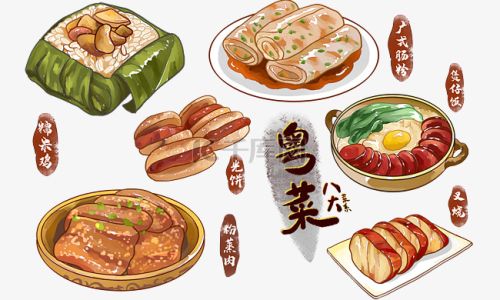
Cultural Significance and Traditions
Cantonese cuisine is deeply intertwined with ritual and community. Yum cha, the ritual of drinking tea and sharing dim sum, fosters connection over steaming baskets and porcelain teapots. Festive occasions like Chinese New Year demand elaborate feasts featuring symbolic dishes: whole steamed fish for abundance, dumplings shaped like gold ingots for wealth, and nian gao (sticky rice cake) for growth.
The cuisine also reflects Guangdong’s history of migration. As Cantonese communities settled abroad, they adapted dishes to local ingredients while preserving core techniques. In the U.S., for example, chop suey and chow mein emerged as Cantonese-American hybrids, though purists may scoff at their authenticity.
Global Influence and Modern Adaptations
Today, Cantonese cuisine thrives beyond Asia, with restaurants in London, New York, and Sydney earning Michelin stars. Chefs like Kylie Kwong and Jereme Leung blend tradition with innovation, incorporating molecular gastronomy or fusion flavors. However, purists argue that true Cantonese cooking lies in its simplicity—a perfectly steamed fish, a bowl of congee, or a dumpling made with care.
Challenges and Preservation
Modernity poses challenges to Cantonese cuisine. Overfishing threatens seafood supplies, while younger generations may prioritize convenience over culinary tradition. Yet, initiatives like heritage food festivals and culinary schools in Guangzhou work to preserve techniques like dim sum craftsmanship and roasting.
Conclusion
Cantonese cuisine is a testament to the power of tradition, innovation, and respect for ingredients. From its humble street food roots to its place in global gastronomy, it remains a dynamic and beloved cuisine. Whether savoring dim sum in Hong Kong or a home-cooked stir-fry in Guangzhou, one thing is clear: Cantonese food nourishes not just the body, but the soul. As the world continues to embrace its flavors, this culinary treasure trove will endure—a flavorful bridge between past and present, East and West.
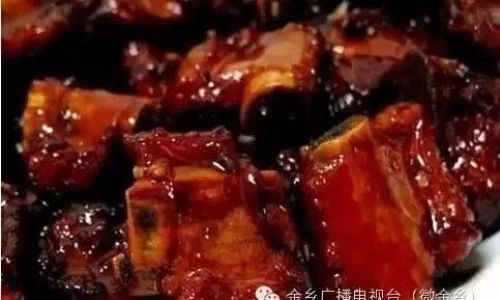
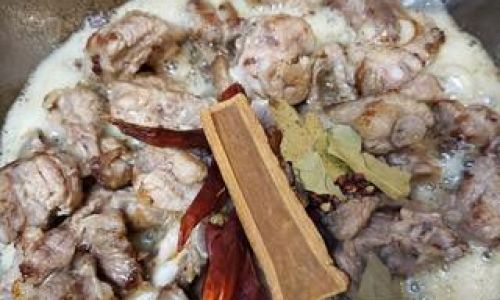
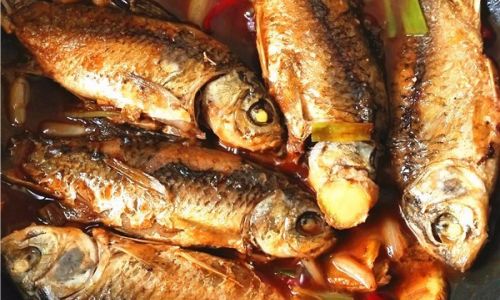
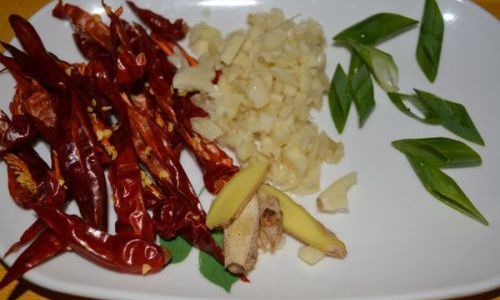

0 comments